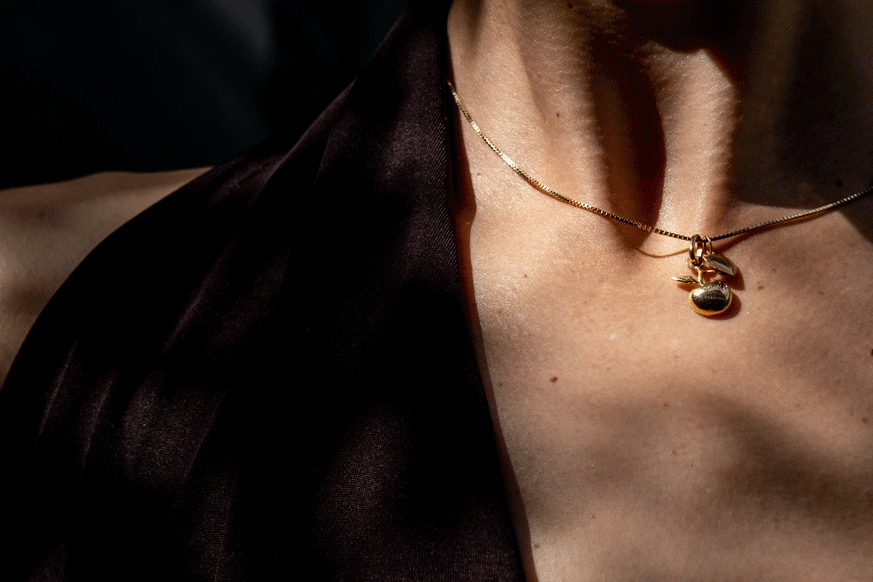I touch myself. Do you?
Shamed by my gynecologist
A few weeks ago I noticed a growth on the inner wall of my vagina, behind the pubic bone, right next to the G-spot (if you believe in the G-spot). It felt like excess skin in the shape of a little grape. I wanted to be sure it wasn’t a polyp or any other malignant growth. I called my gynecologist, but she was on holiday. But the doctor who was standing in for her - an experienced woman in her early sixties - had time to see me.
I explained why I had called. In a somewhat harsh voice she asked me: “But how did you even notice?” I know she didn’t mean to shame me. But the way she voiced her question bore a subtext: “Why were you even touching yourself so thoroughly down there?” The point is, I did feel ashamed.
Immediately I started to justify myself. I told her that I use a menstrual cup and that’s why I touched the area. It’s true that I’ve been using the cup for years, but that’s not how or why I came across the extra skin flap.
I touch myself
The truth is, I touch myself. Sometimes to check the health of my pelvic floor and make sure it can engage and fully relax. There’s only one way to ascertain pelvic floor muscle tone, and that’s by inserting one or two fingers. Contract, let go. See if you feel upward movement and release.
Sometimes I check for cervical mucus. Often I touch myself without thinking, while I’m in the shower, just to make sure everything feels as usual. Sometimes of course, it’s also for pleasure. Even though for me, as for most women, pleasure happens more around the clitoris.
I didn’t say any of that to the gynecologist. She said: “Aha, that’s why. If you hadn’t used a menstrual cup, you probably would never have noticed the growth.” In the end she told me, the growth must be from a small birth injury. A piece of skin had separated and continued to grow on its own.
Nothing alarming. I left relieved. And only a few weeks later did I remember the conversation and how her question had made me feel. I started feeling some delayed indignation.

Body literacy
Especially for women, but for everybody really, it’s imperative that we check in with our bodies. By the way, with our minds as well. How is that going to happen if we don’t have a way of establishing contact? Whether we do it digitally, visually or by cultivating a regular physical or mindfulness practice, we must enter communication with our body - all parts of it. How else will we notice changes? How else can we become literate in the language of our body and intimate with ourselves?
For decades, gynecologists have been instructing us to touch our breasts to catch lumps early, should there be any. I suppose there was a time when this preventative palpation caused raised eyebrows. I certainly hope “pelvic mapping” - that’s the term for exploring your vagina on the inside - will become normal for every woman in a few years. I can’t imagine how else we will be able to drop the layers of shame, look our doctor straight in the eye and say: “Yes, I touch myself. Don’t you?”
Want to know more? I also liked this blog post about pelvic mapping.
Here are two masterful audios with guided pelvic floor mappings by one of my teachers Kimberly Ann Johnson.
Note from the author: When there has been physical, sexual or other psychological trauma touching any area of our body may be difficult. But when the time is right and the person in question is ready, it can also be healing to re-establish that connection to sensation instead of numbness, and pleasure instead of pain.


No comments.